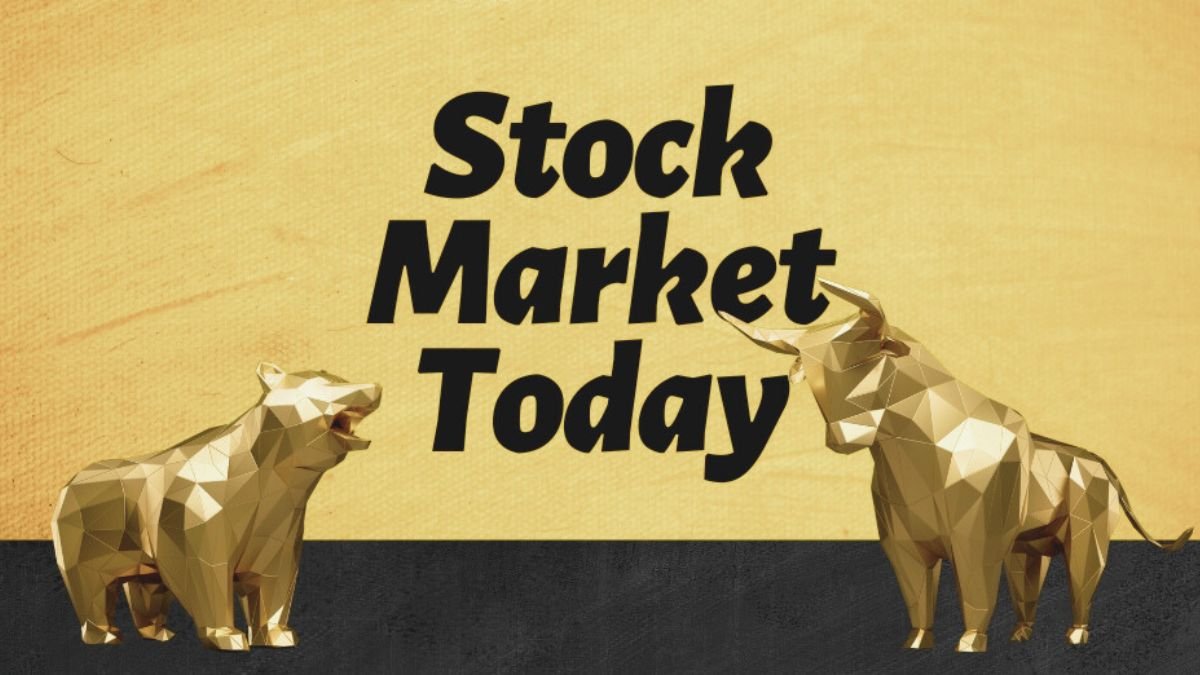From Dog Days to Danger Zone: Why the Stock Market’s Quiet Summer Just Ended
After a month of record highs and historically low volatility, a perfect storm of negative catalysts has investors bracing for a seasonally weak period as market turbulence makes a dramatic return.

The serene “dog days” of summer, which lulled investors into a state of bullish calm throughout July, came to a crashing halt to kick off August. The market’s quiet period, where boring was beautiful, has been abruptly replaced by the kind of excitement most portfolios could do without.
For the entire month of July, investors enjoyed a remarkably placid market. The S&P 500 did not post a single daily move of more than 1% in either direction, a phenomenon last seen in December 2019. This low-volatility environment proved the old Wall Street adage, “never short a dull market,” as the large-cap benchmark notched 10 record-high finishes.
“Maybe that was boring but I think people liked it,” commented Thomas Martin, senior portfolio manager at Atlanta-based Globalt.
That all changed on Friday. The flip of the calendar to August brought a wave of volatility that sent shockwaves through the market. The S&P 500 plunged 1.6%, its largest single-day drop since April 21. The Dow Jones Industrial Average fell 542.40 points, or 1.2%, while the tech-heavy Nasdaq Composite shed a significant 2.2%.
A Trio of Market-Moving Catalysts
The sudden market downturn wasn’t triggered by a single event, but rather a rapid-fire combination of unsettling news that rattled investor confidence:
Renewed Trade Tensions: President Donald Trump’s latest tariff salvo reignited fears of a prolonged and damaging trade war, a persistent concern for global growth.
A Weaker Labor Market: A much weaker-than-expected July jobs report showed only 73,000 jobs added to payrolls. Compounding the disappointment were significant downward revisions to the May and June figures, suggesting the labor market was not as robust as previously believed.
Geopolitical and Political Uncertainty: Adding to the anxiety, President Trump announced he had repositioned two nuclear submarines in response to online threats from a former Russian president. Furthermore, his stated plan to fire the head of the Bureau of Labor Statistics following the poor jobs data raised alarms about the future credibility of U.S. economic data.
Volatility Spikes as Seasonal Headwinds Arrive
The market’s sudden swing was perfectly captured by the Cboe Volatility Index (VIX), often called the market’s “fear gauge.” After trading below 15 for much of the week—well below its long-term average near 20—the VIX spiked to around 20.38, signaling a sharp increase in expected market turbulence.
This shift coincides with what technical analyst Frank Cappalleri calls the “worst-kept secret” on Wall Street: the arrival of a seasonally weak period for stocks. “Despite the exaggerated swings we’ve seen in 2025, the S&P 500 has generally tracked seasonal tendencies closely up to this point,” Cappalleri noted, highlighting that August is often a difficult month for the market.
After a powerful rally of around 30% off the April lows, he argued that the “character of the market was bound to change at some point.”
The Outlook: A Healthy Pullback or More to Come?
While the sudden drop is jarring, some analysts see it as a potentially necessary pause. Globalt’s Thomas Martin remains upbeat on the market’s long-term prospects but acknowledged that a near-term pullback would not be surprising, especially given stretched earnings multiples after the recent rally.
“I think people get nervous when they have profits and then they kind of see them disappear,” Martin said. “This could feed on itself for a little bit, that’s what the seasonals tell you.”
However, he pointed to strong second-quarter earnings and a labor market that, despite the weak July report, still appears solid with an unemployment rate of 4.2%. “I don’t really think the labor market falls apart,” he added.
For now, investors are on edge. The key question is whether this is a temporary, profit-taking dip or the start of a more significant correction. In the absence of another major economic shock, Martin believes bargain hunters will step in. “People are going to come back in and buy the dip shy of 10%.”






